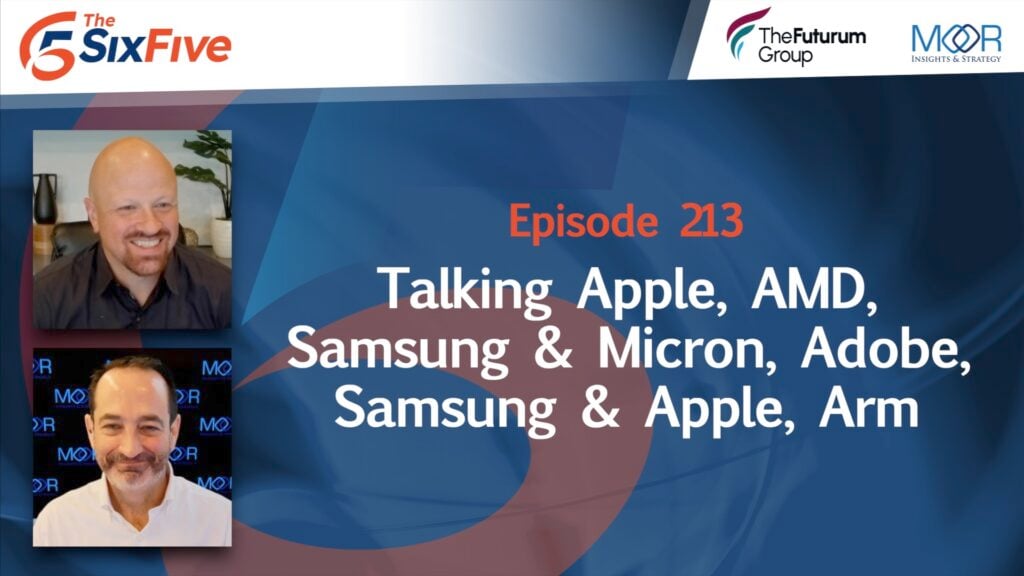Merkle: Consumers Prefer Rewards for Everyday Needs, Like Groceries
The new 2023 Consumer Prizing Report from data-driven CX management services provider Merkle reveals that nearly three-quarters of consumers prefer grocery gift cards as a rewards option or loyalty program benefit.
Polling more than 1,100 consumers in the US across generations and income brackets, the report highlights how brands can drive desired consumer behaviors by improving prize and incentive strategies through promotions, branded games, the chance to win experiences, and loyalty programs. Overall, consumers prefer rewards options that are convenient and make everyday lives easier, says Merkle. As consumer sentiment has shifted because of inflation and the increased cost of consumer goods, people are keeping a closer eye on the household budget.
A key finding was that rewards focusing on everyday needs, such as groceries or a mortgage payment, resonate with consumers. Large segments of the population are seeking some relief for their budget across all household income spectrums, including 80% of low-income residents (up to $49,999), 72% of middle-income residents (up to $149,999), and 61% of high-income residents ($159,000 and higher).
A generational divide, however, separates older people from the younger generations in how they receive rewards. Between 32% and 50% of Gen X and baby boomers prefer Visa or Amazon gift cards, compared to the nearly 47% of millennials and Gen Z, who prefer Venmo or PayPal credit.
The report also states that 77% of baby boomers are more than willing to wait for a larger sum than a smaller cash prize that was immediately available. At least 53% of Gen X tilts toward a guaranteed small reward, showing a stronger interest in this type of prize. However, millennials are the most willing to accept cryptocurrency, while Gen X prefers more secure methods for actual payment.
As to physical prizes, brand vacations and shopping sprees remain enticing grand prizes for both genders. Women rank a shopping spree, vacation, and a room makeover as the most appealing, while men prefer a lifetime supply of their favorite brand, followed by a vacation and shopping spree, driven primarily by millennial and baby boomer males likely influenced by tighter budgets, the report discloses.
Qualtrics: Financial Leaders Are Investing in CX Capabilities Despite Uncertain Times
Amid rising economic uncertainty exacerbated by recent bank failures in North America and Europe, financial institutions are investing in real-time listening and data analytics capabilities to stay close to customers, according to new industry research by Qualtrics.
In a survey of more than 400 financial services executives in North America, Europe, Asia, and South America, the results show that 83% of respondents who were identified as CX leaders versus 52% of those identified as CX laggards report having systems that gather customer feedback outside of surveys. Furthermore, 88% of leaders versus 57% of laggards report incorporating data from text-based or voice-based data sources in their experience programs. And 89% of leaders versus 54% of laggards report using data modeling to predict customer outcomes like attrition and the likelihood to renew.
Customer experience is similarly important for financial institutions that serve other businesses. Approximately 90% of business-to-business (B2B) respondents strongly or somewhat agree that delivering a better CX leads to more market share, while 94% strongly or somewhat agree that CX is a significant driver of buying decisions for clients.
In another key finding, the research indicates that a human touch or approach continues to profoundly influence CX and is especially important during times of uncertainty. The three most important touchpoints associated with influencing an organization’s CX metrics are interacting in branches (29%), messaging with a human (21%), and speaking on the phone with a human (16%).
“When it comes to personal or business finances, feelings play a major role, so having tools to listen to customers and analyze emotion and intent, and then acting on insights uncovered are key to improving customer experience and loyalty,” says Christopher Colley, global head of industry advisory for financial services at Qualtrics. “It is crucial that financial services institutions look to maximize value from their customer-focused investments by harnessing data-driven insights to combat the historic challenges facing the industry.”
Workhuman and Gallup: Employee Recognition Can Drive Engagement and Performance
Employee recognition is a powerful tool that can help businesses gain more than $90 million in increased productivity, reveals the new report from Workhuman and Gallup, From Praise to Profits: The Business Case for Recognition at Work.
In a large-scale analysis of hundreds of organizations and thousands of around the world, the report finds that if a business of 10,000 doubled the number of employees who receive recognition or praise for their work in the last week, they could realize a 9% increase in productivity, a 22% decrease in safety incidents, and a 22% decrease in absenteeism.
Furthermore, based on Bureau of Labor Statistics (BLS) data for an organization with 10,000 workers, Gallup estimates that this results in almost $92 million in gained productivity alone. The analysis also found that organizations can experience $2.8 million saved because of decreased workplace safety incidents, and more than $3.2 million saved owing to fewer unscheduled absences.
Related Article: New Gartner Survey Identifies Six Gaps Critical to Future Employee Experience
The report notes that individual results cannot be added together to create a total savings amount because safety, absenteeism, and productivity influence one another. What can be shown, however, are dollarized results, broken by major industries, for increased productivity, reduced safety incidents, and decreased absenteeism.
While all sectors show a positive gain, a technology company of 10,000 workers could make $155 million from a 9% gain in productivity. Hospitals show the largest savings for a reduction of safety incidents, with almost $6 million saved and a potential reduction of 134 fewer safety incidents. For a manufacturing company with the same number of workers, results show cost savings of $3.8 million from a reduced number of workdays missed.
Tom Libretto, chief marketing officer at Workhuman, says employee recognition is important. “Every organization is ultimately made up of people, and what and how those people feel provides the fuel for high-performance,” Libretto asserts. “When employees feel valued for who they are and what they do, leaders can improve not just the lives of their people, but the livelihood of their business through greater productivity, reduced top-talent attrition, and a more engaged workforce that shows up when it matters most.”
Author Information
Alex is responsible for writing about trends and changes that are impacting the customer experience market. He had served as Principal Editor at Village Intelligence, a Los Angeles-based consultancy on technology impacting healthcare and healthcare-related industries. Alex was also Associate Director for Content Management at Omdia and Informa Tech, where he produced white papers, executive summaries, market insights, blogs, and other key content assets. His areas of coverage spanned the sectors grouped under the technology vertical, including semiconductors, smart technologies, enterprise & IT, media, displays, mobile, power, healthcare, China research, industrial and IoT, automotive, and transformative technologies.
At IHS Markit, he was Managing Editor of the company’s flagship IHS Quarterly, covering aerospace & defense, economics & country risk, chemicals, oil & gas, and other IHS verticals. He was Principal Editor of analyst output at iSuppli Corp. and Managing Editor of Market Watch, a fortnightly newsletter highlighting significant analyst report findings for pitching to the media. He started his career in writing as an Editor-Reporter for The Associated Press.









